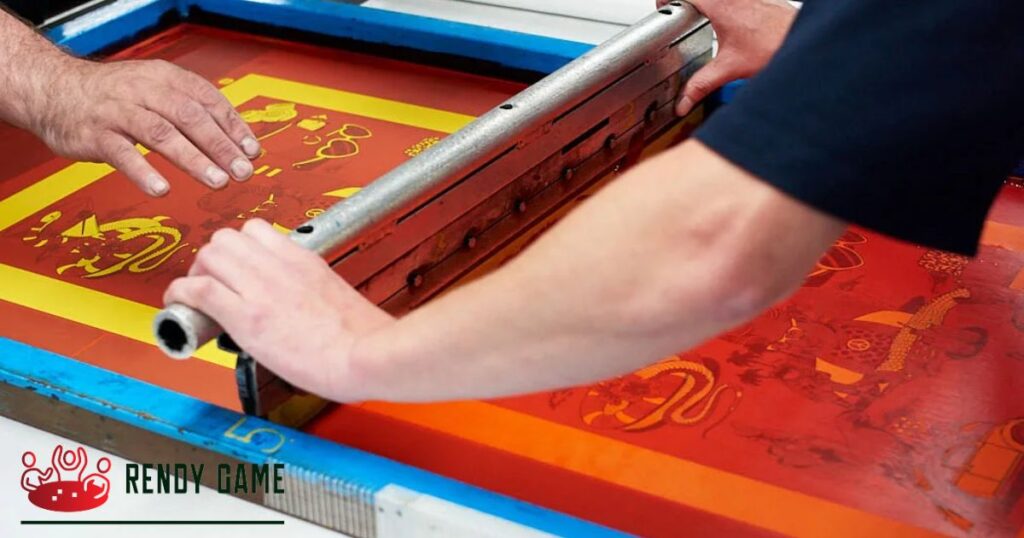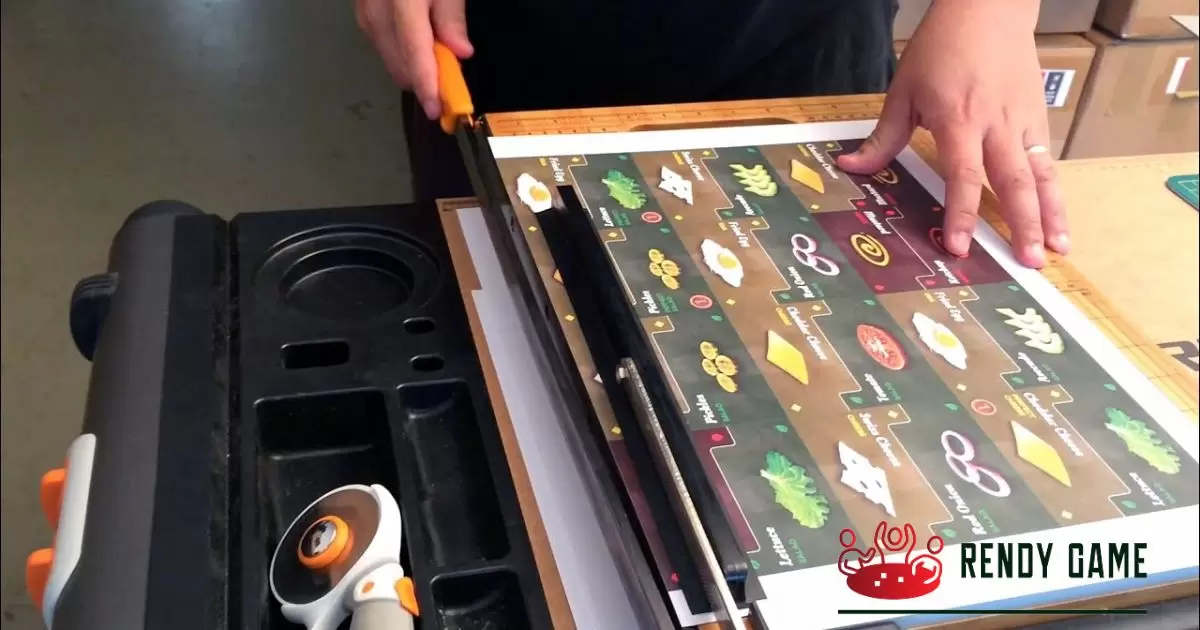A board game prototype is a preliminary version or model of a board game that serves as a tangible representation of the game’s concept. It typically includes basic components such as game pieces, a board, cards, and other elements necessary for gameplay.
Dive into the exciting world of game design by mastering the art of creating board game prototypes. How to make a board game prototype? Whether you’re a seasoned designer looking to bring a new concept to life or a novice eager to explore the creative process, the steps involved in making a board game prototype is key.
Making a board game prototype involves several key steps. Begin by defining the core elements of your game, including its theme, mechanics, and objectives. Use readily available materials to craft a basic version of the game board and pieces.
The Art of Board Game Prototyping
Board game prototyping is the creative process of bringing game ideas to life in a tangible form. It involves transforming concepts into a playable prototype, offering designers a hands on approach to refining their vision.
This artful endeavor allows creators to experiment with game mechanics, iterate on design elements, and ultimately craft a prototype that serves as the foundation for a compelling gaming experience. By embracing the art of board game prototyping, designers can navigate the iterative nature of game development, ensuring their final product resonates with players.
Significance of Prototyping in Game Design
The significance of prototyping in game design cannot be overstated. Prototypes serve as testing grounds for game mechanics, providing designers with valuable insights into how their ideas translate into interactive experiences.
Through the iterative process of creating and refining prototypes, designers can identify and address potential issues with gameplay, rules, and player engagement. This hands on approach allows for a more dynamic and adaptive design process, ultimately leading to the creation of well balanced and enjoyable board games.
The significance of prototyping lies in its ability to bridge the gap between concept and reality, fostering innovation and ensuring that the final game captures the essence of the designer’s vision.
Theme, Mechanics, and Objectives

Defining the theme, mechanics, and objectives is a crucial step in the board game prototyping process. The theme sets the tone and narrative context, influencing the overall player experience. Mechanics encompass the rules and interactions that drive gameplay, shaping how players engage with the game world.
Objectives provide a sense of purpose, guiding players toward a goal or victory condition. When crafting a board game prototype, clarity in these elements is essential for a cohesive and engaging experience. Designers must carefully consider how the theme aligns with mechanics and objectives to create a harmonious and immersive game that captivates players from start to finish.
Essential Materials and Tools for Game Prototyping
Creating a board game prototype requires essential materials and tools to bring your vision to life. From basic supplies like paper, cardboard, and markers to specialized tools such as prototyping software and modeling materials, having the right resources is key.
These materials allow designers to sketch out game boards, create prototype pieces, and experiment with different components. Assembling a toolkit of essential materials ensures a smooth and efficient prototyping process, enabling designers to focus on refining their game rather than being hindered by a lack of resources.
Crafting an Engaging Game Board
Designing a compelling game board is a pivotal step in the board game prototyping process. Begin by envisioning the layout and visual elements that will enhance gameplay. Utilize materials such as cardboard or poster board to create a sturdy and functional foundation.
Incorporate vibrant colors, clear markings, and thematic elements that align with your game’s concept. Ensure that the board accommodates the intended player interactions and supports the overall flow of the game.
| Steps | Description |
| 1 | Envision the layout and visual elements of the game board. |
| 2 | Choose materials such as cardboard or poster board for sturdiness. |
| 3 | Incorporate vibrant colors and thematic elements for visual appeal. |
| 4 | Ensure clear markings and design to support player interactions. |
| 5 | Confirm that the board accommodates the intended flow of the game. |
Designing and Constructing Game Pieces with Precision
The design and construction of game pieces play a crucial role in bringing your board game prototype to life. Consider the theme and mechanics of your game when conceptualizing the appearance and functionality of each piece.
Utilize materials like cardboard, wood, or even 3D printing to create pieces that are visually appealing and durable. Precision is key in ensuring that game pieces are uniform in size and shape, contributing to a polished and professional look.
Strategies for Board Game Prototypes
Effective strategies for board game prototypes encompass various elements crucial to successful game design. Begin with a clear understanding of your game’s objectives, mechanics, and theme.
Utilize readily available materials to craft a basic version of the game board and pieces. Implement a comprehensive playtesting strategy to identify and address any issues with game balance, rules, or components. Iterate on your design based on player feedback, making improvements to enhance the overall gameplay experience.
Incorporating Valuable Feedback
Once you’ve playtested your board game prototype, the next crucial step is incorporating valuable feedback. Analyze player experiences and pay attention to their suggestions and observations.
Addressing issues with game balance, rules, or components ensures that your board game evolves into a more refined and enjoyable version. This iterative process, guided by player input, allows you to enhance the overall design, making your game more engaging and satisfying for future players.
Polishing Your Prototype for a Better User Experience
After multiple rounds of playtesting and feedback, it’s time to focus on polishing and license a board game your board game prototype for a better user experience. Refine the game board, pieces, and overall design based on the insights gained during playtesting.
Pay attention to details that contribute to clarity and aesthetics, ensuring that players can easily understand and navigate the game. By fine tuning the user experience, you create a more polished and professional prototype, setting the stage for a captivating and immersive gameplay experience.
Transforming Ideas into Tangible Prototypes
The journey from concept to a tangible board game prototype involves bringing your creative ideas to life. Begin by defining the core elements of your game, such as its theme, mechanics, and objectives. Utilize readily available materials and tools to craft a basic version of the game board and pieces.
Through the iterative process of playtesting and feedback, you refine your prototype, transforming it into a polished and effective representation of your original ideas. This transformation marks a crucial step in the game design process, laying the foundation for the development of a successful and enjoyable board game.
FAQs
How can I get started with making a board game prototype?
Define your game’s theme, mechanics, and objectives, then use readily available materials to craft a basic game board and pieces.
What materials do I need for creating a board game prototype?
Utilize everyday items like cardboard, paper, and markers, ensuring easy access to materials for crafting.
Why is playtesting important in board game prototyping?
Playtesting helps identify issues with game balance, rules, and components, guiding improvements for a better user experience.
How do I incorporate feedback into my board game prototype?
Analyze player experiences, listen to suggestions, and address issues raised during playtesting to refine and enhance your prototype.
What’s the significance of polishing my board game prototype?
Polishing ensures a better user experience by refining design elements, making the game more engaging and visually appealing for players.
Conclusion
Making a board game prototype is an exciting and creative process. By following the steps outlined in this guide, you’ve not only defined the essence of your game but also brought it to life in a tangible form. Crafting the game board, designing pieces, and incorporating player feedback have all played pivotal roles in refining your creation.
As you polish the prototype for a better user experience, remember that each adjustment brings you closer to a game that captivates and entertains. Your ideas have transformed into a tangible prototype, a testament to your creativity and dedication.

